The emerging contours of the new world of work in the Fourth Industrial Revolution have rapidly becoming a lived reality for millions of workers and companies around the world. We are living in times where novelties of morning are becoming obsolete by the evening. Businesses across the world are impinged by these disruptions.
This Industrial Revolution has reshaped the workplace, bringing about rapid changes and disruptions. From the rise of new technologies to shifts in business models, organizations worldwide are adapting to these evolving landscapes. Amidst these transformations, HR departments face the challenge of digitizing their processes to keep pace with the modern workforce.
The integration of digital technologies into HR processes, commonly referred to as HR digitization, promised increased efficiency, accuracy, and accessibility. However, this transformation has come with a unique set of challenges and issues. It has presented a myriad of obstacles that organizations are trying to navigate effectively.
In this series, we delve into the WHY, the WHAT and the HOW of HR digitization challenges and recommended solutions.
HR Digitization Landscape: Major Areas of HR Digitization Investments
HR digitization refers to the process of leveraging digital technologies to transform and streamline various human resource management functions within an organization. It involves the adoption of digital tools, platforms, and systems to automate HR processes, improve efficiency, enhance employee experience, and enable data-driven decision-making. Investments in HR digitization typically encompass various areas aimed at enhancing efficiency, improving employee experience, and driving strategic decision-making. Essentially there are 3 categories in which organisations have focused their investments for HR digitization.
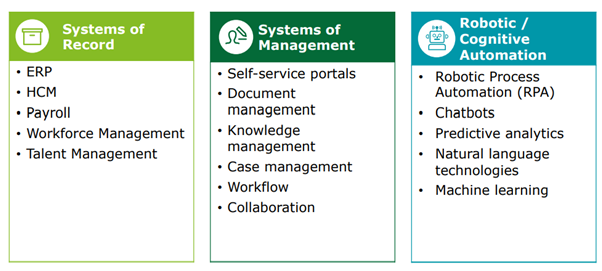
Out of these, the major investments have gone in:
- ERP/ Human Resource Information Systems (HRIS):
ERP/HRIS platforms serve as the backbone of HR digitization efforts, consolidating employee data, automating administrative tasks, and streamlining processes such as payroll, benefits administration, and time tracking. Investing in robust HRIS solutions enables organizations to centralize data, improve data accuracy, and provide self-service capabilities to employees.
- Talent Acquisition and Recruitment Technology:
Recruitment technologies, including applicant tracking systems (ATS), candidate assessment tools, and recruitment marketing platforms, help organizations streamline the hiring process, attract top talent, and improve candidate experience. Investments in these technologies can include AI-powered resume screening, video interviewing platforms, and recruitment analytics tools to optimize recruitment strategies.
- Learning Management Systems (LMS):
Learning and development are critical components of HR digitization. LMS platforms enable organizations to deliver and track employee training programs efficiently. Investing in LMS solutions allows organizations to offer personalized learning experiences, track employee progress, and identify skill gaps to support employee development initiatives.
- Performance Management and Feedback Tools:
Digital performance management tools facilitate ongoing feedback, goal setting, and performance evaluations, fostering a culture of continuous improvement and employee development. Investing in performance management software enables organizations to streamline performance review processes, provide real-time feedback, and align individual goals with organizational objectives.
- Employee Engagement and Well-being Platforms:
Employee engagement and well-being are essential for organizational success and employee retention. Investments in digital platforms that support employee engagement, recognition, feedback, and well-being initiatives can enhance employee satisfaction and productivity. These platforms may include employee feedback tools, recognition programs, and wellness apps aimed at promoting work-life balance and mental health.
- People Analytics and Workforce Planning:
Data-driven decision-making is becoming increasingly important in HR management. Investing in people analytics tools allows organizations to derive insights from employee data to inform strategic workforce planning, succession planning, and talent management initiatives. Advanced analytics capabilities enable organizations to identify trends, predict future workforce needs, and optimize HR strategies accordingly.
- Employee Self-Service Portals and Mobile Applications:
Providing employees with self-service portals and mobile applications empowers them to access HR information, submit requests, and complete tasks conveniently. Investments in user-friendly, mobile-responsive HR portals and apps improve employee experience, reduce administrative burdens on HR teams, and increase employee satisfaction.
- Compliance and Data Security Solutions:
With increasing regulations around data privacy and security, investing in compliance management and data security solutions is crucial for HR digitization efforts. These solutions help organizations ensure compliance with regulations such as GDPR, CCPA, and HIPAA, and mitigate risks associated with data breaches and cybersecurity threats.
By strategically investing in these key areas of HR digitization, organizations have endeavoured to modernize HR processes, enhance employee experience, and drive business outcomes in today’s digital workplace.
Situation: Problem of Many
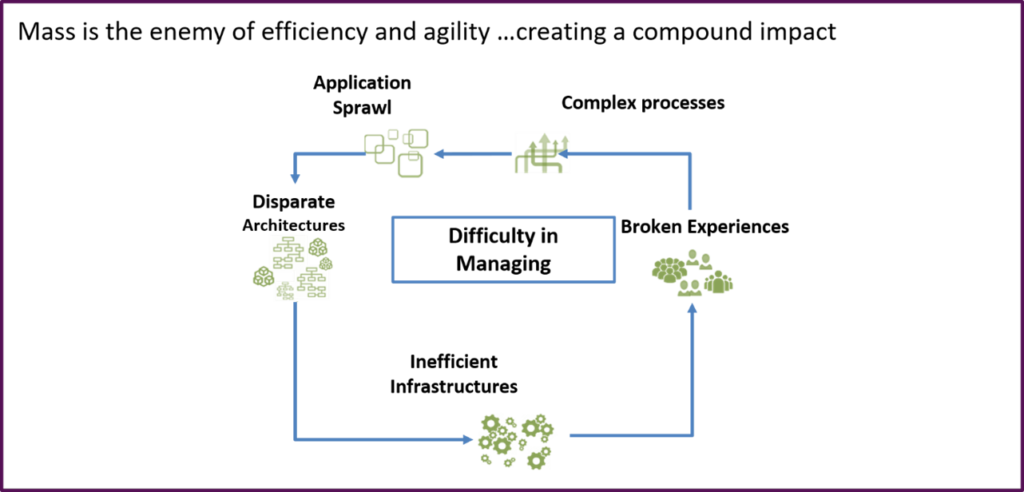
Despite the benefits of HR digitization, organizations face a challenge known as the “Problem of Many.” This refers to the proliferation of disparate HR platforms and systems, leading to fragmented user experiences and operational inefficiencies.
Across the lifecycle from when someone is a prospect/candidate till the time someone becomes an alum, there are a plethora of HR Platforms, HRIS Systems, Tools and Technologies that have emerged in the last 15-20 years. Unfortunately, none of them offers integrated and customized solutions across the realm of employee experience. The repercussions in most of the cases being that an organization must pick one main HR System (Systems of Record) and then keep implementing and integrating other available technologies (System of Management, Systems of Experience, Systems of Intelligence) to cater to its need. Now this leads to problem of many which has a lot of adverse effects namely:
- Application Sprawl – Managing multiple HR tools leads to complexity and inefficiency
- Disparate Architecture’s – Different systems may use incompatible data formats and structures
- Insufficient Infrastructure’s – Supporting numerous tools strains organizational resources.
- Complex Processes – : Adapting processes to fit disparate technologies hinders employee experience.

Eventually leading to Broken & Fragmented User Experience
Using multiple HR tools leads to a fragmented user experience for employees and HR professionals alike. Switching between different systems and interfaces can be confusing and time-consuming, leading to frustration and reduced productivity.
The Problem of Many does not just stop here, but has its roots in orchestrating multiple other challenges such as:
- Integration Complexity:
One of the primary challenges of having multiple HR tools and technologies is integrating them seamlessly. Different systems may use disparate data formats and protocols, making it challenging to synchronize information across platforms. Achieving interoperability between systems requires robust integration strategies, APIs, and middleware solutions to ensure data consistency and accuracy.
- Data Silos and Duplication:
When organizations use multiple HR tools and technologies that operate independently, they risk creating data silos where critical information is isolated within each system. This fragmentation can lead to duplicate data entry, inconsistencies, and inaccuracies, undermining data integrity and hindering decision-making.
- Data Security and Privacy Concerns:
With the digitization of HR processes comes the accumulation and storage of vast amounts of sensitive employee data, ranging from personal information to performance evaluations. Protecting this data from cyber threats and ensuring compliance with regulations such as GDPR and CCPA is a significant challenge for HR departments. Each additional HR tool introduces potential vulnerabilities and compliance risks related to data security and privacy. Managing access controls, enforcing data encryption, and ensuring regulatory compliance across multiple systems require rigorous cybersecurity measures and governance frameworks. Failure to address these risks can result in data breaches, regulatory fines, and reputational damage.
- Integration of Legacy Systems:
Many organizations still rely on legacy HR systems that may not be compatible with modern digital solutions. Integrating these systems with new technologies poses technical challenges and requires significant investments in time and resources. Moreover, ensuring seamless communication and data synchronization between different platforms is essential for the success of HR digitization initiatives. This not only increases the costs, but also poses grave challenges for enterprise architecture, integration challenges and management of multiple systems.
- Cost and Resource Allocation:
Implementing and maintaining multiple HR tools entail significant costs, including software licensing fees, customization expenses, and IT infrastructure investments. Moreover, organizations must allocate resources for ongoing maintenance, updates, and support across multiple platforms. Optimizing cost-effectiveness and resource allocation while ensuring the sustainability of HR initiatives is a critical challenge.
- Skill Gaps and Talent Acquisition:
The rapid pace of technological innovation often outpaces the skill development of HR professionals. Recruiting and retaining talent with expertise in digital HR technologies, such as data analytics and HRIS management, pose significant challenges for organizations. The more technologies one has, higher is the number of people once needs to have in place to manage and run these systems seamlessly.
- User Adoption and Training:
Introducing multiple HR tools into the organization requires employees to adapt to new systems and workflows. Resistance to change, lack of training, and complexity of the tools can impede user adoption and diminish the expected benefits of digitization.
- Vendor Management and Support:
Working with multiple vendors to support various HR tools and technologies adds complexity to vendor management and support processes. Ensuring service-level agreements (SLAs), vendor accountability, and responsiveness to issues is a big challenge for maintaining system reliability and minimizing downtime.
A Real Life Example
Let us understand with a simple example of the Talent Acquisition vertical of HR. In addition to the functionalities offered by an existing ERP/HRIS, an organization has multiple nodes/processes to Digitize the moments that matter in the Hiring Journey. These would be:
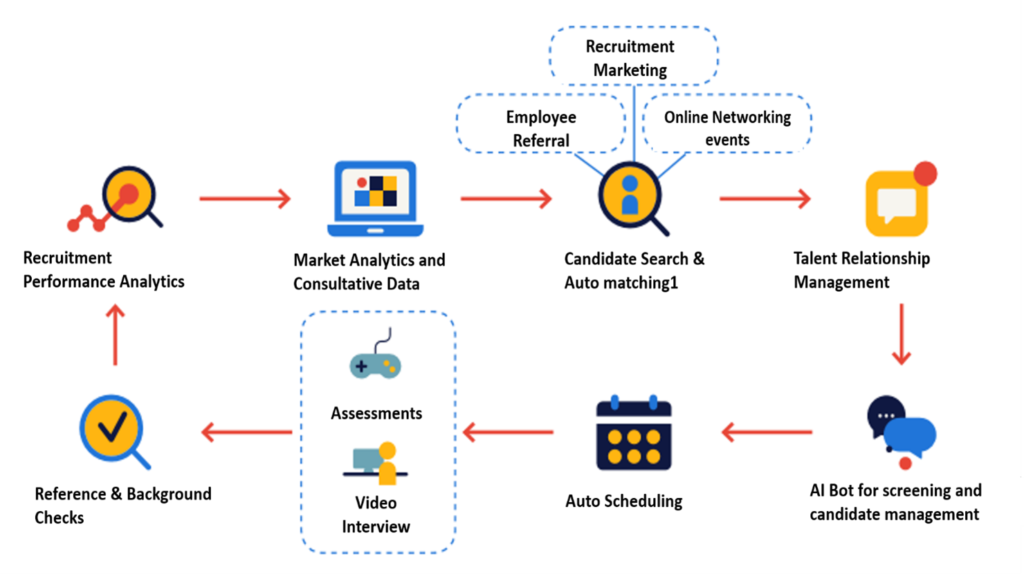
For the above to be digitized completely, the organization would need the following:
- AN existing ERP/HRIS
- Hiring Management Tool/system that also offers recruitment marketing integrated with other systems via API’s
- Assessment and Selection tool/system integrated with both ERP and Hiring Management via API’s
- Tool/System for Reference/Background checks
- The assessment results would need to be fed to the Learning and Talent Management Systems to ensure the employees’ competencies, strengths, Traits, Motives, Drivers, and Areas of Development are captured to create his/her individual learning paths
- AI BOT integrations
Now all these different systems/tools come with different data structures and data models. All these would need to be integrated using APIs to ensure smooth process flow with different views for both the recruiter and the candidate.
Now, fathom how many systems/tools would need to be integrated when we take into consideration other functional verticals of HR, namely, Learning and Development, Talent Management, Performance Management, Employee Well-Being, Total Rewards, Compliance Management, etc. Now, let’s understand the impact of executing these.
- Application Sprawl – There would be more than at least 10-15 different systems that we would have in the organization.
- Disparate Architecture’s – Each of these systems would come with their respective data model, data architecture, database etc and that might not directly equate with current systems/tools. We would need to integrate them separately.
- Insufficient Infrastructure’s – Each new system/tool comes with its specific infrastructure requirements. The more the number of tools/systems, the more the load of the organization’s infrastructure requirements,
- Complex Processes—What ends up happening is that we re-engineer processes to meet the needs of technology rather than governing them based on employee experience.
Not to forget the challenges of Integration Complexity, Data Silos and Duplication, Data Security, Cost Overruns, intricate vendor management etc. etc. etc……
Eventually leading to Broken & Fragmented User Experience
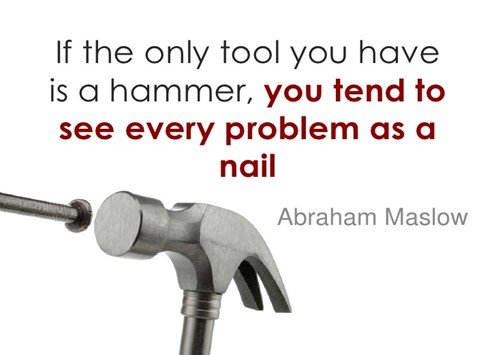
At this moment, I am reminded of a very famous adage by Abhram Maslow
And in my opinion, this is exactly what is happening in the field of HR Digitization.
In the next article of this series, we will explore strategies to overcome these challenges and transition from HR Digitization to HR Digitalization.
You may also like to Read : 360-Degree Feedback for Individual and Organizational Excellence
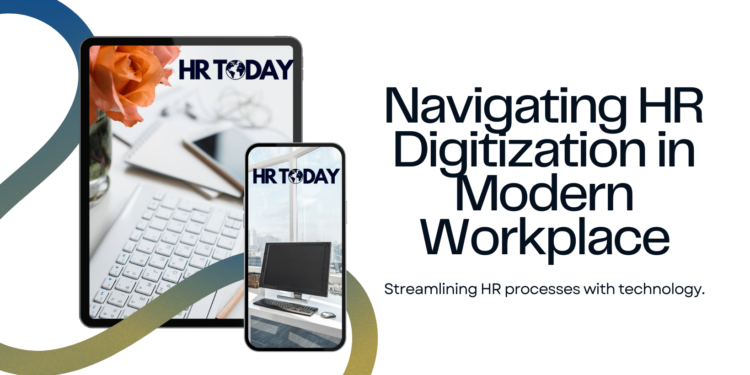




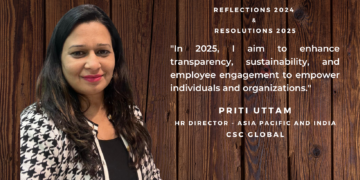





Comments 64